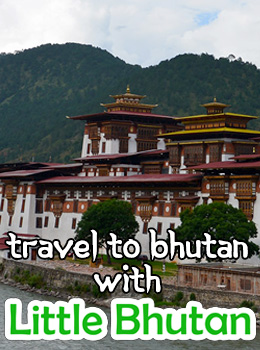Tanzania is a dream destination for nature lovers and wildlife photographers alike. Home to iconic landscapes, abundant wildlife, and the dramatic Great Migration, it offers unmatched opportunities to capture nature in its rawest and most majestic form. For those who want to immerse themselves in both the thrill of the safari and the artistry of photography, planning the right itinerary is crucial. This guide outlines the ultimate Tanzania photo safari itinerary, curated especially for travelers who want to experience — and photograph — the best this East African gem has to offer.
Day 1–2: Arrival in Arusha – The Gateway to Adventure
Your Tanzania photo safari begins in Arusha, a bustling city nestled at the base of Mount Meru. After arriving at Kilimanjaro International Airport, spend a day acclimating and prepping your gear. Take the time to check your camera settings, clean your lenses, and ensure all batteries and memory cards are ready.
Optional Excursion:
Visit the nearby Arusha National Park for a gentle introduction to Tanzania’s wildlife and landscape photography, with possible sightings of giraffes, buffalo, and flamingos, set against the striking backdrop of Mount Meru.
Day 3–5: Tarangire National Park – Elephants and Baobabs
Next, travel to Tarangire National Park, often overshadowed by its more famous neighbors but a hidden gem for photographers. Tarangire is known for its massive elephant herds and ancient baobab trees that offer a dramatic, sculptural presence in photos.
Photo Highlights:
- Close-ups of elephants bathing in the Tarangire River
- Golden-hour shots of baobab silhouettes
- Bird photography opportunities, with over 500 species
Spend two nights here in a tented lodge or luxury camp, offering proximity to wildlife and early morning game drives that are ideal for soft light conditions.
Day 6–7: Lake Manyara – Flamingos and Forest Canopy
From Tarangire, head toward Lake Manyara National Park, a unique landscape that combines groundwater forests, grassy floodplains, and a shallow alkaline lake teeming with birdlife.
Photo Opportunities Include:
- Flamingo colonies dotting the reflective surface of the lake
- Tree-climbing lions lounging in acacia branches
- Monkeys, baboons, and forest wildlife in low light under the canopy
Though smaller in size, Manyara is a photographer’s playground, especially for those seeking diversity in subject and background.
Day 8–10: Ngorongoro Crater – A Natural Wildlife Enclosure
A short drive takes you to the Ngorongoro Conservation Area, one of the world’s most remarkable wildlife reserves. The crater, formed from a collapsed volcano, is a self-contained ecosystem brimming with animal life.
Key Photography Subjects:
- Dramatic landscape shots of the crater from the rim
- Black rhinos, hyenas, lions, and zebras on the crater floor
- Herds silhouetted against the early morning mist
A full-day descent into the crater offers once-in-a-lifetime moments that are ideal for wide-angle lenses and telephoto wildlife shots.
Day 11–15: Serengeti National Park – The Heart of the Great Migration
End your journey with a multi-day expedition in the legendary Serengeti National Park, a UNESCO World Heritage Site and the crown jewel of your Tanzania photo safari.
Depending on the season, you may witness the Great Migration, where over 1.5 million wildebeest and hundreds of thousands of zebra move in search of greener pastures.
Photo Highlights:
- Predator-prey interactions with cheetahs, lions, and leopards
- Herds crossing rivers during migration season
- Golden grasslands stretching into the horizon during sunrise and sunset
- Aerial shots from a hot air balloon safari (optional but highly recommended)
Stay at mobile camps or lodges strategically positioned along migration routes to maximize photo opportunities. Floating Images offers unforgettable hot air balloon flights that provide a stunning view from above.
This portion of your Tanzania Photo Tour promises to deliver iconic wildlife moments and dramatic light conditions that photographers crave.
Optional Add-On: Zanzibar – Coastal Beauty and Cultural Photography
If time allows, unwind with a few days in Zanzibar. This island paradise is perfect for capturing spice markets, Swahili architecture, and turquoise ocean vistas.
Essential Tips for a Successful Tanzania Photo Safari
- Pack smart: Bring at least two camera bodies, a wide-angle lens, and a telephoto zoom (200–600mm).
- Protect your gear: Use dust-proof bags and lens covers.
- Plan around light: Early morning and late afternoon are the best times for wildlife photography.
- Stay patient: Great wildlife shots often require time and stillness.
- Hire experienced guides: A guide who understands photography can help you position for the best shots.
Final Thoughts
A well-planned photo safari in Tanzania is more than just a vacation—it’s an immersive experience that connects you to some of the planet’s most awe-inspiring natural scenes. From the ancient baobabs of Tarangire to the dramatic wildlife drama of the Serengeti, every location offers an opportunity to tell a visual story through your lens.
Whether you’re an amateur shutterbug or a seasoned pro, a Tanzania Photo Tour is guaranteed to be a portfolio-defining adventure.
